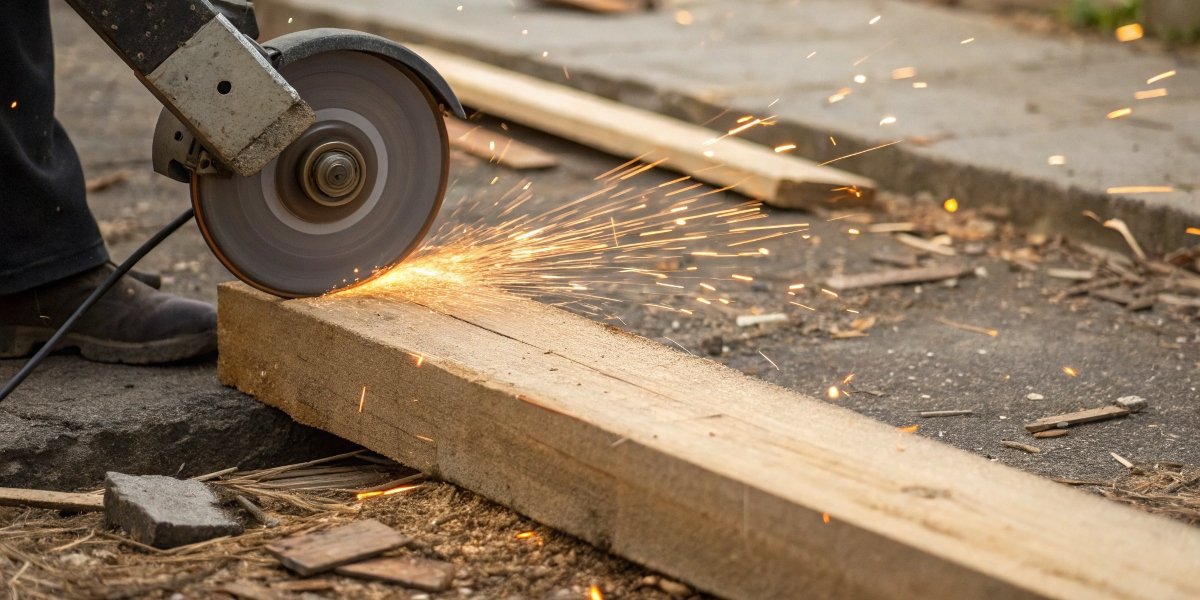
Reaching for a metal cutoff wheel to cut a piece of wood? This common shortcut can clog the wheel, scorch the wood, and create a dangerous fire risk in your workshop.
No, you should never use an abrasive cutoff wheel designed for metal to cut wood. The wheel will clog with wood fibers and resin, overheat rapidly, and can potentially disintegrate. It also creates a major fire hazard from smoldering dust.
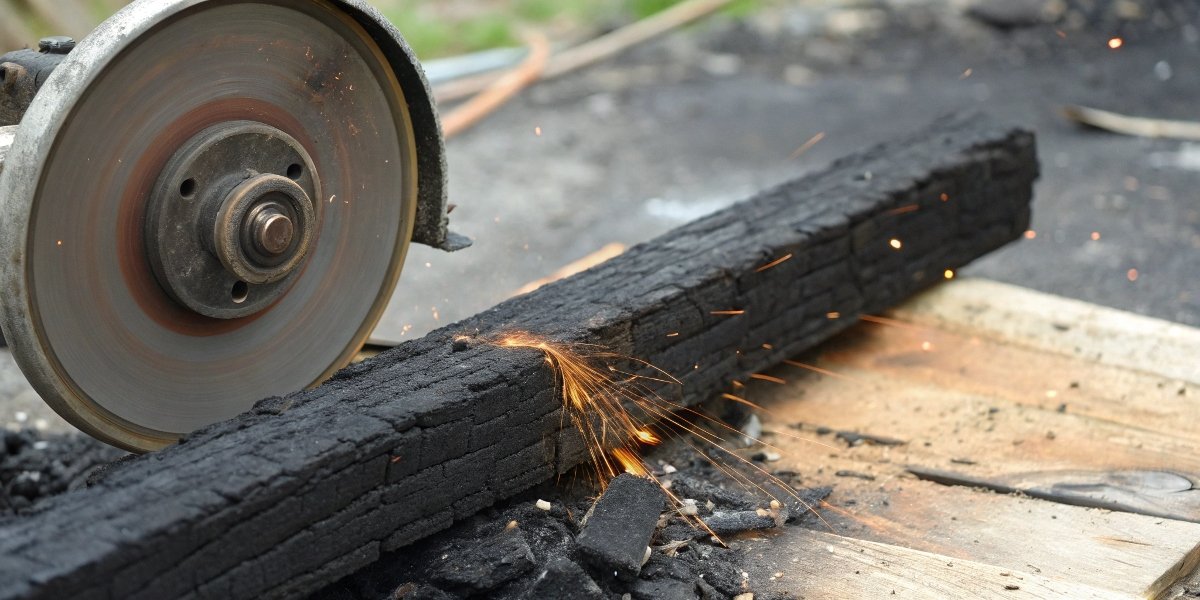
As a manufacturer of abrasive wheels for the global market, this is a question of pure material science. I’ve spent my life in this business, and my company, Reliable, stakes its reputation on the proper application1 of our products. A cutoff wheel is designed to shear through hard, crystalline materials like metal. Wood is a soft, fibrous, organic material. Putting them together is not just ineffective; it’s a fundamental misuse of the tool that invites danger into your workspace. Let’s break down exactly what happens and why this is a critical safety rule2.
Can I use a cutoff wheel to cut wood?
It seems logical – a fast-spinning wheel should cut anything, right? But the moment an abrasive wheel touches wood, it clogs and burns instead of cutting, creating smoke and extreme heat.
Using a cutoff wheel on wood causes the abrasive grains to rip wood fibers instead of cutting them. These fibers and wood resin quickly pack into the wheel’s surface, causing it to overheat, burn the wood, and lose all cutting ability.
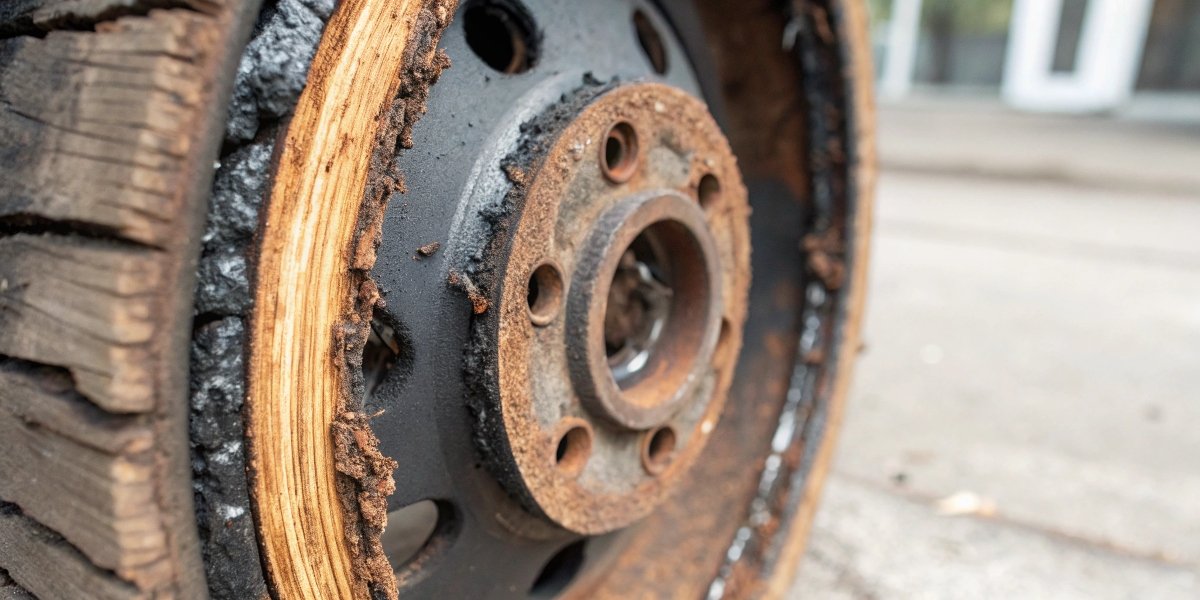
The science behind this is straightforward. In my factory, we bond tiny, sharp grains of material like aluminum oxide together to make a cutoff wheel. These grains are designed to fracture and chip away at metal, revealing new sharp edges as the wheel wears. Wood, however, is soft and fibrous. Instead of being chipped away, the wood fibers3 get torn out and immediately jam between the abrasive grains4. The high speed of the grinder then creates immense friction on these clogged fibers. This generates intense heat, which scorches the wood and can even damage the bonding agent holding the wheel together, leading to a catastrophic failure. A client once called us, complaining our discs were defective because they "melted" when used on wood pallets. I had to explain that the disc wasn’t melting; the wood was clogging and burning it.
The Two Main Dangers
- Fire Hazard: The extreme friction quickly heats the clogged wood dust to its ignition point. It will smolder and smoke, and the sparks from the grinder motor can easily ignite this fine dust, causing a fire.
- Wheel Failure: The heat generated can weaken the resin bonds that hold the abrasive grains together. A clogged and overheated wheel is a structurally compromised wheel, increasing the risk it could shatter during use.
Can you use a grinder wheel to cut wood?
So a thin cutoff wheel is out. But what about a thicker, more robust grinding wheel? Surely that can handle wood, but this just makes the problem worse.
No, a standard grinding wheel is even worse for cutting wood than a cutoff wheel. Its thicker profile generates immense friction and heat, causing it to burn and char the wood without actually cutting through it. It is entirely the wrong tool for the job.
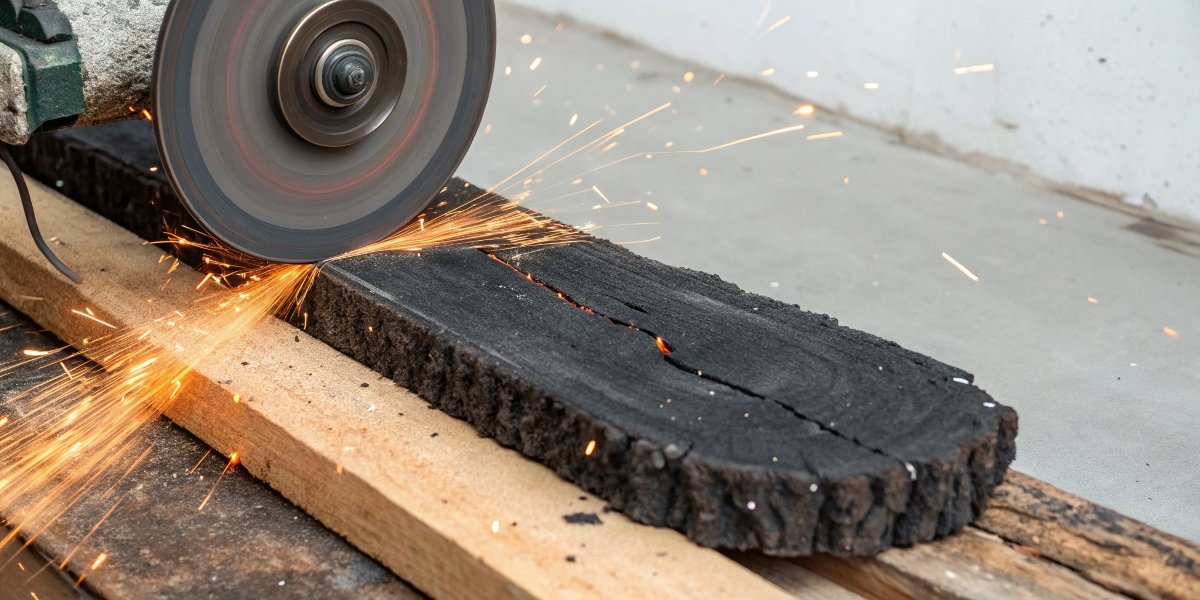
A thicker grinding wheel5 has more surface area in contact with the wood. This dramatically increases the amount of friction generated. The result is not a cut, but a burn. The wheel essentially acts like a brake pad pressed against the wood, creating a charred, smoking groove. We design our grinding wheels for durability under the specific stresses of grinding metal welds, not for dealing with the organic, heat-sensitive nature of wood. Using one on timber is incredibly inefficient, ruins the workpiece, and fills the air with acrid smoke6. It’s an application that makes no sense from a performance or safety standpoint. The wheel will load up with burnt material even faster than a thin cutoff wheel, making it useless for its intended purpose on metal afterward.
Friction vs. Cutting: Why it Fails
| Factor | Abrasive Wheel on Wood | Proper Saw on Wood |
|---|---|---|
| Action | High-friction rubbing and burning | Sharp teeth cleanly severing fibers |
| Material Removal | Tears fibers, clogs wheel surface | Ejects chips via gullets |
| Result | Charred, smoking groove; no clean cut | Clean, efficient cut |
| Efficiency | Extremely low; ruins the wheel | High; designed for the task |
What shouldn’t you do with a cutoff wheel?
Cutoff wheels are powerful tools, but they have very strict operational limits. Treating them like all-purpose blades can cause the wheel to shatter, leading to serious injury.
Never use a cutoff wheel for side grinding, as it is not designed to handle lateral forces and can shatter. Also, avoid cutting curves, using a wheel larger than the grinder’s guard allows, or using a wheel on any unapproved materials like wood, glass, or plastic.
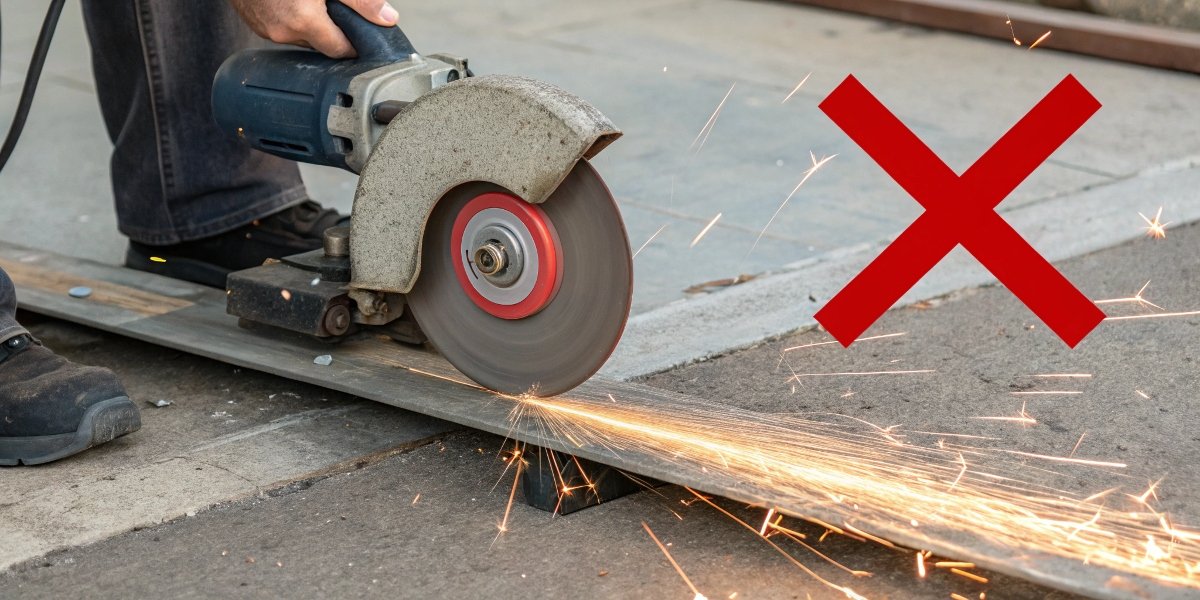
As a manufacturer, we engineer these wheels with safety as the top priority. A thin cutoff wheel is designed to handle immense rotational stress and forces applied directly to its cutting edge. It has very little lateral strength. Pushing on the side of the wheel, as you would when grinding, can cause it to flex and instantly explode. This is the single most common cause of wheel disintegration. A purchasing manager for a large metal fabrication company once told me their injury rate dropped significantly after they implemented a strict "no side grinding" policy for all cutoff wheels7. It’s a simple rule that addresses the most severe risk associated with these tools. Following the manufacturer’s instructions is not optional; it’s essential for a safe operation.
Forbidden Actions for Cutoff Wheels
| Forbidden Action | Why It’s Dangerous | The Potential Consequence |
|---|---|---|
| Grinding on the Side | The wheel is thin and has no lateral strength. | The wheel can instantly shatter, sending shrapnel flying. |
| Cutting Curves | Twisting the wheel in the cut creates side pressure. | Binds the wheel, causing kickback or wheel disintegration. |
| Using a Damaged Wheel | A chip or crack is a major structural weak point. | The wheel is highly likely to explode under rotational force. |
| Cutting Wood/Plastic | The wheel clogs, overheats, and burns the material. | Creates a fire hazard8 and can lead to wheel failure9. |
What grinder blade will cut wood?
So, abrasive wheels are completely wrong for wood. Does this mean the angle grinder is totally useless for the material? Not quite, but the safe solution isn’t for cutting.
For actually cutting wood, you need a dedicated wood saw. However, for shaping and carving wood with an angle grinder, you can use specialized tungsten carbide grit discs. These discs abrade wood safely without the risk of grabbing associated with toothed blades.
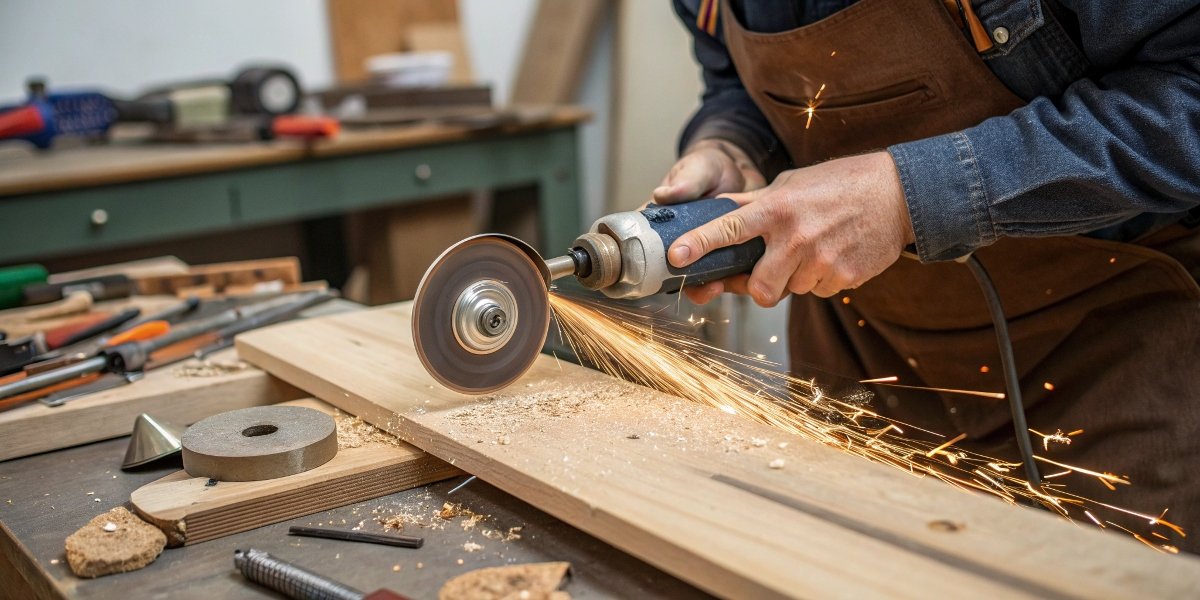
Let’s be perfectly clear: there is no blade that makes an angle grinder a safe and effective replacement for a circular saw. For making straight cuts in lumber, you must use a saw. However, for artistic and shaping work, there are safe and effective options for your grinder. These are not saw blades10. They are steel discs coated in coarse tungsten carbide grit, much like a very aggressive rasp. Because they have no teeth to catch or grab, they don’t produce the violent kickback that makes toothed blades so dangerous. They abrade or "grind" the wood away, allowing for rapid material removal11 in sculpting, carving, and shaping applications. While my firm specializes in other abrasives, we always advise clients to choose these specific carbide grit tools for wood shaping.
The Right Tool for the Woodworking Task
| Your Goal | The Wrong Tool (Angle Grinder) | The Right Tool |
|---|---|---|
| Cut a 2×4 to length | Abrasive Wheel or Toothed Blade | Circular Saw / Hand Saw |
| Shape a curve on a plank | Any blade, due to control issues | Jigsaw / Bandsaw |
| Sculpt a large piece of wood | Toothed Blade or Abrasive Wheel | Carbide Grit Shaping Disc |
| Smooth a wood surface | Abrasive Cutoff/Grinding Wheel | Flap Disc / Orbital Sander |
Conclusion
Never use an abrasive cutoff wheel on wood due to fire and clogging risks. Always match the blade to the material and use the proper tool for the job.
-
Learn about the correct applications of abrasive wheels to maximize their effectiveness. ↩
-
Review critical safety rules to follow when using cutoff wheels to prevent accidents. ↩
-
Discover how wood fibers interact with cutting tools and the implications for safety. ↩
-
Explore the science behind abrasive grains to understand their role in cutting tools. ↩
-
Gain insights into the function of grinding wheels and their appropriate applications. ↩
-
Understand the reasons behind acrid smoke to improve your workshop’s air quality. ↩
-
Learn about the various applications of cutoff wheels to use them effectively. ↩
-
Explore the serious fire risks associated with improper use of cutoff wheels. ↩
-
Investigate the causes of wheel failure to enhance your safety practices. ↩
-
Learn about the best saw blades for wood cutting to ensure effective and safe woodworking. ↩
-
Discover the differences in material removal techniques to choose the right tool for your project. ↩
Written by
leeon
You may also be interested in:
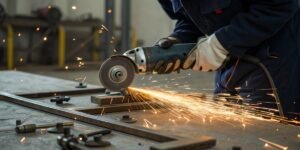
How do you cut bolts with an angle grinder?
Struggling to make a clean cut on a stubborn bolt? Using an angle grinder can feel intimidating, but it is a fast and effective method
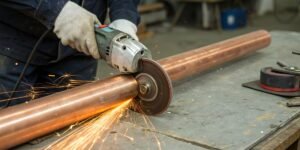
Can I use an angle grinder to cut a copper pipe?
Struggling with a quick copper pipe cut? Worried about damaging the material? An angle grinder is a fast solution, but using it wrong can be
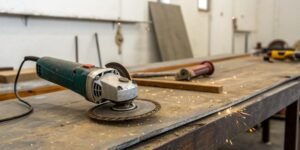
Can an angle grinder cut meat and bones?
Struggling to cut tough bones? Thinking of grabbing your angle grinder for a quick solution? This powerful tool seems like an easy answer, but it’s
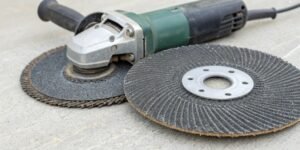
Can a metal cutting disc be used on an angle grinder?
Are you unsure about putting a metal cutting disc on your angle grinder? Using the wrong tool combination is a real safety hazard. But with
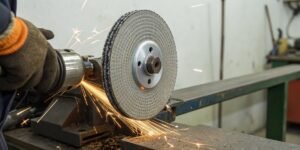
What is the best grinding wheel for cutting aluminum alloys?
Struggling to cut aluminum without your grinding wheels clogging up? This common problem wastes time, ruins your workpiece, and drives up costs, turning a simple

What does an angle grinder do that other tools can't?
Struggling with tools for multiple tasks? Carrying a heavy toolbox is inefficient. An angle grinder replaces many tools, saving you time and effort on the
